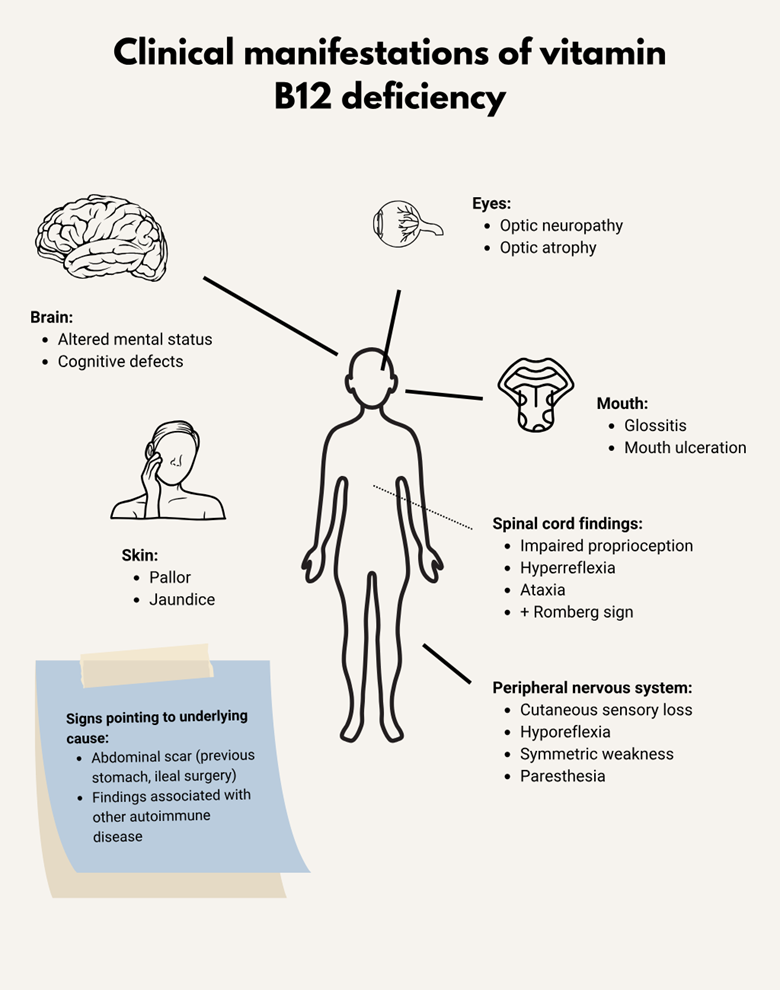A client has been brought to the emergency department by paramedics after being found unconscious. The client's Medic Alert bracelet indicates that the client has type 1 diabetes and the client's blood glucose is 22 mg/dL (1.2 mmol/L). The nurse should anticipate what intervention?
IV administration of 50% dextrose in water
IV bolus of 5% dextrose in 0.45% NaCI
Administer 4 oz. clear juice
Subcutaneous administration of 12 to 15 units of regular insulin
The Correct Answer is A
A. IV administration of 50% dextrose in water:
This is the correct answer. The client is severely hypoglycemic, and IV administration of 50% dextrose in water is the most rapid way to raise the blood glucose level in an emergency situation.
B. IV bolus of 5% dextrose in 0.45% NaCl:
While this solution contains dextrose, it is not as concentrated as 50% dextrose. In an emergency, a more concentrated solution is needed to rapidly correct severe hypoglycemia.
C. Administer 4 oz. clear juice:
Oral intake may be too slow in this critical situation. IV administration is more appropriate for rapidly raising the blood glucose level.
D. Subcutaneous administration of 12 to 15 units of regular insulin:
This would further lower the blood glucose level and is not appropriate for treating severe hypoglycemia.
Nursing Test Bank
Naxlex Comprehensive Predictor Exams
Related Questions
Correct Answer is B
Explanation
A. Monitoring the patient's breathing and reviewing the patient's arterial blood gases:
Rationale: While respiratory status is crucial in any patient assessment, arterial blood gases primarily evaluate respiratory function. Neutropenia directly affects the immune system, not respiratory function.
Appropriateness: Not directly related to assessing neutropenia.
B. Monitoring the patient's temperature and reviewing the patient's complete blood count with differential:
Rationale: Neutropenia can cause fever due to the increased risk of infection. Monitoring temperature and reviewing the complete blood count (CBC) with differential, specifically the neutrophil count, is essential in evaluating neutropenia and identifying potential infections.
Appropriateness: Correct. Monitoring temperature and reviewing CBC with differential are crucial in assessing neutropenia.
C. Monitoring the patient's blood pressure and reviewing the patient's hematocrit:
Rationale: Blood pressure assessment and hematocrit evaluation are essential aspects of general patient care but are not specific to neutropenia.
Appropriateness: Not directly related to assessing neutropenia.
D. Monitoring the patient's heart rate and reviewing the patient's hemoglobin:
Rationale: Heart rate monitoring and hemoglobin assessment are crucial in various clinical situations but are not specific indicators of neutropenia.
Appropriateness: Not directly related to assessing neutropenia.
Correct Answer is C
Explanation
A. Vitamin A Deficiency:
Symptoms: Enlarged tongue and smooth, beefy red appearance.
Relevance: Vitamin A deficiency is not typically associated with an enlarged tongue. It is more commonly linked to night blindness and skin issues.
B. Folic Acid Deficiency:
Symptoms: Enlarged tongue and smooth, beefy red appearance.
Relevance: Folic acid deficiency can lead to megaloblastic anemia and glossitis (inflammation of the tongue), which may present as an enlarged, smooth, and red tongue.
C. Vitamin B12 Deficiency:
Symptoms: Enlarged tongue and smooth, beefy red appearance.
Relevance: Vitamin B12 deficiency can cause pernicious anemia and glossitis, resulting in an enlarged, smooth, and red tongue.
D. Vitamin C Deficiency:
Symptoms: Not typically associated with an enlarged tongue.
Relevance: Vitamin C deficiency is more commonly associated with symptoms like scurvy, which includes bleeding gums, joint pain, and skin issues, but not specifically an enlarged tongue.

Whether you are a student looking to ace your exams or a practicing nurse seeking to enhance your expertise , our nursing education contents will empower you with the confidence and competence to make a difference in the lives of patients and become a respected leader in the healthcare field.
Visit Naxlex, invest in your future and unlock endless possibilities with our unparalleled nursing education contents today
Report Wrong Answer on the Current Question
Do you disagree with the answer? If yes, what is your expected answer? Explain.
Kindly be descriptive with the issue you are facing.
